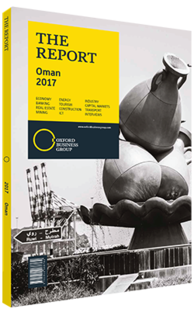Oman’s economy contracted by 13.8% in nominal terms in 2015 as the ongoing low oil price environment squeezed growth and led to the largest budget deficit in over a decade. In a bid to tackle the shortfall the government is taking a number of revenue-raising measures such as cutting subsidies and increasing corporation tax, while remaining focused on its long-term diversification goals. Though hydrocarbons still account for 33.9% of GDP and 78.7% of state revenues, non-oil sectors are playing an increasingly prominent role in the country’s economic profile. Authorities are targeting heavy industries in particular with plans to boost their GDP contribution to from 19.8% today to 29% by 2020. Meanwhile annual growth of 6% is being targeted in the mining sector, with a host of regulatory initiatives being implemented as the government seeks to boost investor interest.












